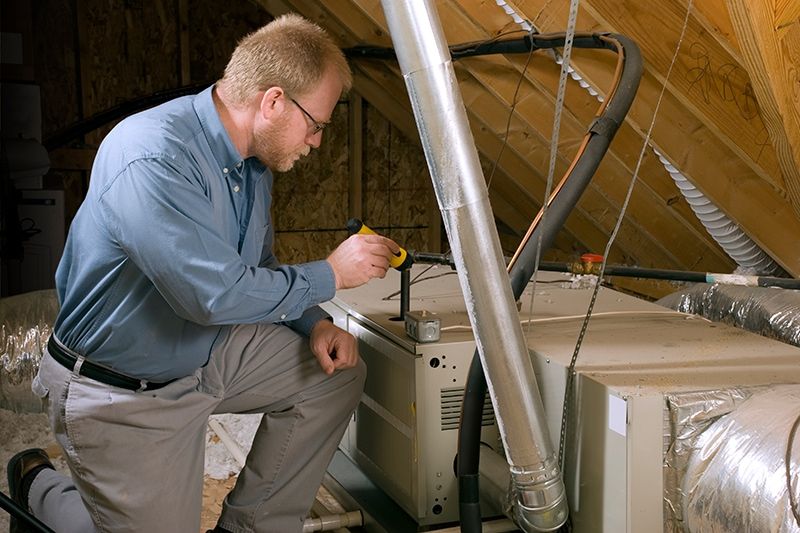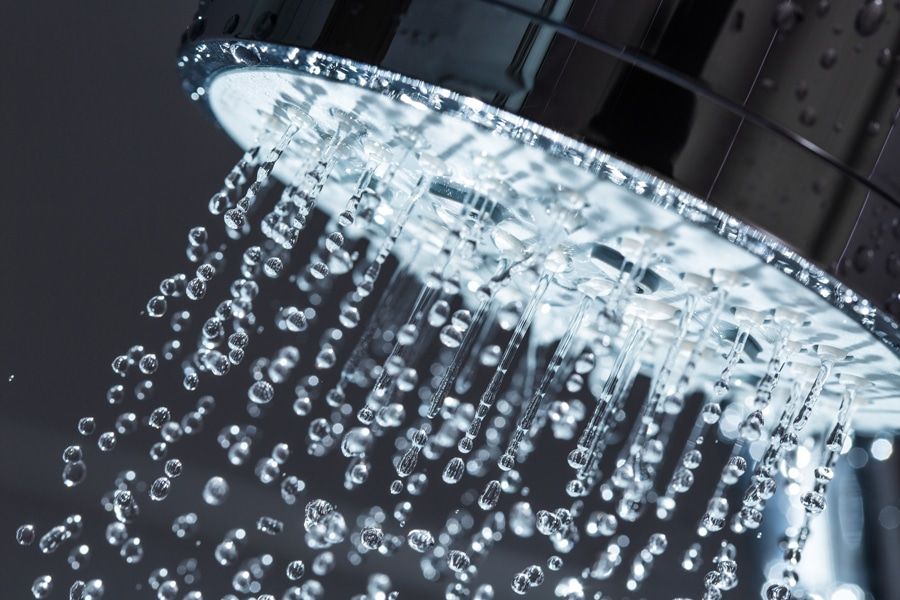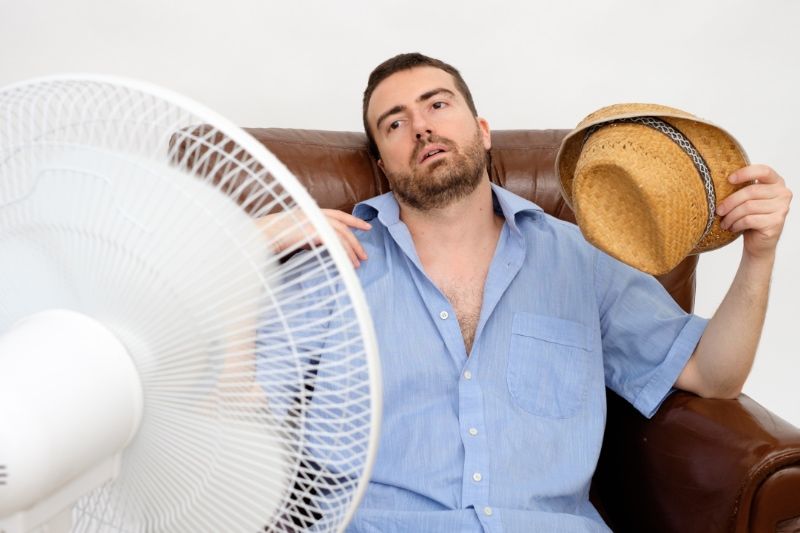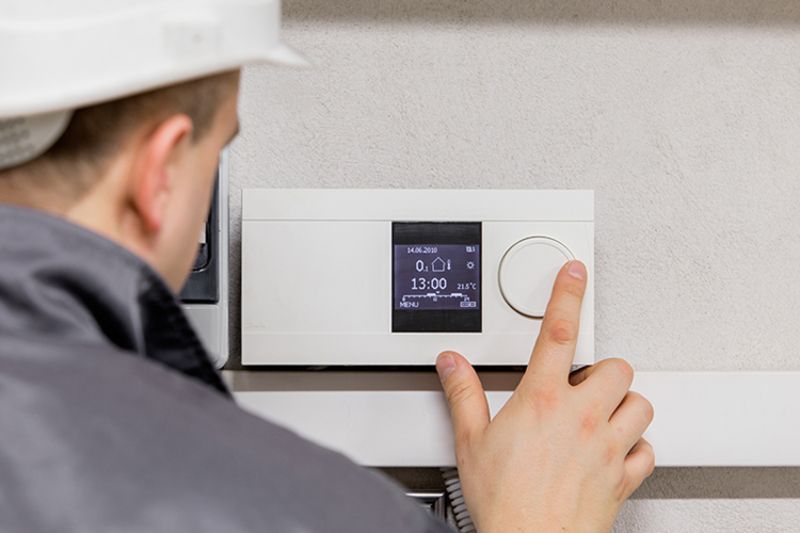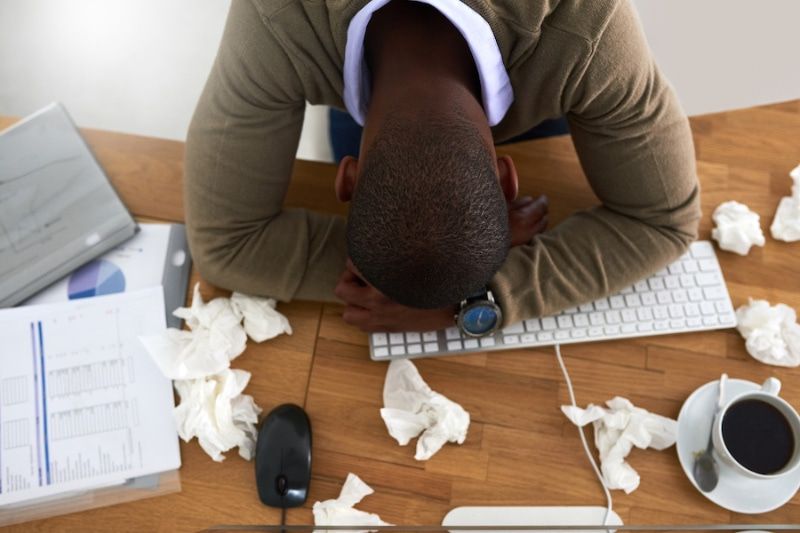AC Blowing Hot Air? Here’s Why — and How to Get Cool Again Fast
Imagine this: It’s 96 degrees outside, the sun’s beating down, and you finally walk into your home expecting that sweet blast of cool air—only to get hit with a wave of heat.
You check the vent.
Still hot.
You tap the thermostat.
Still nothing.
So what gives? Why is your AC blowing hot air instead of cooling your house down like it should?
Let’s break down what’s going on and how to fix it—fast.
Rapid 60-Second Diagnostic Checklist
Before you start thinking about expensive repairs or refrigerant leaks, let’s run through a few quick checks. These simple steps can help you figure out why your AC might be blowing hot air—and in many cases, fix the issue without calling in a pro.
Check Thermostat Mode & Fan Setting
Double-check the thermostat. Is it set to “Cool”? You’d be surprised how often it gets bumped to “Heat” or “Off.” Also, make sure the fan setting is on “AUTO,” not “ON.” If it’s set to ON, the fan will keep blowing air—even when the AC isn’t actively cooling—which can feel like it’s blowing warm air.
Verify Outdoor Unit Is Running
Take a quick walk outside and listen for the outdoor condenser unit. If it’s silent or not running, it could be a tripped breaker or a disconnected power switch. When the indoor unit is blowing air but the outdoor unit isn’t doing its job, hot air gets pushed through your vents instead of cold.
Swap a Dirty Filter
Pull out the air filter and hold it up to a light. If you can’t see through it, it’s past due for a change. A clogged filter chokes airflow and can cause the system to overheat or freeze up—both of which can lead to AC blowing hot air. Swapping in a fresh filter is one of the easiest fixes you can try right now.
How Does Your AC Actually Make Cold Air?
Your air conditioner doesn’t “create” cold air the way a furnace creates heat—it works by removing heat from your indoor air and pushing that heat outside.
Here’s how it happens: warm air from your home gets pulled into the system, passes over cold evaporator coils filled with refrigerant, and then gets recirculated back into your space—cooler and drier.
Meanwhile, the refrigerant carries the heat outside to the condenser unit, where it’s released into the air.
So when something in that process breaks down—like low refrigerant, a dirty coil, or poor airflow—you’re left with an AC blowing warm air and rising temps inside your home. Understanding how this loop works makes it easier to pinpoint what’s going wrong when things heat up.
9 Common Reasons Your AC Is Blowing Hot Air
If you’re asking yourself, “Why is my AC blowing hot air?,” you’re not alone—and the answer depends on which part of the system isn’t doing its job. Below are the most common issues that can cause your air conditioner to push warm air into your home instead of the cool, refreshing breeze you were expecting.
Thermostat or Smart-Home Settings Glitch
Sometimes the problem isn’t mechanical—it’s digital. If your thermostat was recently adjusted, updated, or overridden by a smart-home routine, it might be telling your AC to behave differently than you think. Always double-check that your system is set to “Cool” and that no schedules, eco modes, or remote app controls are interfering.
Dirty or Clogged Air Filter
A clogged filter is one of the most common reasons your AC struggles. When airflow is restricted, the evaporator coil can freeze up, stopping the cooling process entirely. The system may still run, but it won’t be able to push cold air—just circulation of warm, unconditioned air.
Low Refrigerant or Leak
Your AC needs refrigerant to absorb heat from the indoor air. If levels are low—often due to a leak—it won’t cool effectively. You might also hear hissing sounds or notice ice forming on the refrigerant lines. This is not a DIY fix and usually means you need a licensed HVAC technician to inspect, seal, and recharge the system.
Frozen Evaporator Coil
An evaporator coil that’s covered in ice can’t do its job. Causes include dirty filters, restricted airflow, or refrigerant issues. If your AC runs constantly but doesn’t cool, this could be the reason. You’ll need to shut the system down and let it thaw before addressing the root problem.
Dirty Outdoor Condenser Coil
The outdoor unit needs to release heat it collects from inside your home. If the condenser coil is covered in dirt, leaves, or grass clippings, it can’t get rid of that heat efficiently—forcing your system to blow hot air indoors. Regular cleaning or maintenance can help avoid this.
Tripped Breaker or Blown Fuse
In some cases, the indoor unit keeps running while the outdoor condenser is shut off due to an electrical issue. This can trick you into thinking the AC is working, but in reality, only the fan is moving air, not the actual cooling components.
Failing Compressor or Capacitor
The compressor is the heart of your AC system. If it fails—or if the capacitor that helps it start gives out—your system can’t move refrigerant or cool your home. These are serious hardware issues that typically require professional repair or replacement.
Blocked or Leaking Ductwork
If your ducts are crushed, kinked, disconnected, or leaking, the cool air your system produces may never make it to your rooms. Worse, hot attic air can get sucked in, making the situation even worse. You may feel hot air from the vents even though the system seems to be working fine.
Incorrectly Sized or Aging AC System
Sometimes the problem isn’t a malfunction—it’s that the system was never designed for your space. If your AC is too small or too old, it may run constantly without ever cooling effectively, especially during peak summer heat. In that case, upgrades or load balancing may be the only real fix.
DIY Troubleshooting: Step-by-Step Guide
Still dealing with an AC blowing hot air?
If you’ve already checked the basics and nothing’s changed, try these four DIY steps before picking up the phone.
These fixes won’t solve every issue, but they could save you time, money, and an unnecessary service call.
Step 1: Reset the Thermostat
Start fresh. Turn your thermostat off, wait 30 seconds, then turn it back on and re-select your cooling settings. Some thermostats—even smart ones—can get stuck in a glitchy state or enter an energy-saving mode without warning.
Step 2: Replace the Filter & Thaw the Coil
If your filter is dirty, swap it out. Then, turn off the system and let it sit for a few hours to allow any ice buildup on the evaporator coil to thaw. A frozen coil stops your system from cooling, even if everything else seems to be running.
Step 3: Clear Debris Around the Condenser
Head outside and check your condenser unit. Make sure there’s at least 2 feet of clearance on all sides. Remove leaves, grass clippings, or anything else that could block airflow. A smothered condenser can’t dump heat effectively, and that heat ends up back inside your home.
Step 4: Inspect Your Electrical Panel
Open your breaker box and look for any tripped breakers—especially those labeled AC, HVAC, or Condenser. Reset them if needed. Sometimes the outdoor unit trips a breaker and shuts off while the indoor fan keeps running, making it seem like the system is active when it’s not.
When to Shut Off the System Immediately
If you hear strange hissing, smell something burning, or see heavy ice build-up on the refrigerant lines, shut your AC off right away. Running it in this condition can cause expensive damage. It’s time to call a licensed HVAC pro.
When to Call a Professional HVAC Technician
If you’ve walked through all the DIY steps and your AC is still struggling—or completely failing—to cool your home, it’s time to bring in a pro.
Some problems, like refrigerant leaks, compressor failure, or electrical issues, are dangerous or require specialized tools and training to diagnose properly.
You might be thinking, “Why is my AC blowing hot air in my house even after I tried everything?” That’s exactly where we come in.
At ACS HVAC, we offer:
- Same-day emergency service
- Fully licensed and certified technicians
- Straightforward pricing—no surprises
- Flexible financing options
- Repairs done right the first time
Preventive Maintenance to Keep Cool Air Flowing
The best way to avoid an emergency call in the middle of a heatwave? Stay ahead of the problems.
Preventive maintenance doesn’t just keep your system efficient—it can also stop 80% of the issues that lead to breakdowns or your AC blowing warm air when you need it most.
Annual Tune-Ups
A professional tune-up once a year keeps your system running at peak performance. We check refrigerant levels, clean the coils, tighten electrical connections, and test every component—so small issues don’t turn into big, expensive ones.
Filter Change Reminders
A clean filter is your first line of defense. Our team can help set up a custom filter-change schedule for your system—or upgrade you with smart alerts that remind you before things get clogged.
Smart Thermostat Upgrades
Want better comfort and lower energy bills? Smart thermostats help you program efficient cooling schedules, adjust based on your habits, and prevent system overuse—saving wear and tear on your unit.
Surge Protection for Outdoor Units
Your outdoor condenser is vulnerable to power surges—especially during summer storms. A whole-unit surge protector can shield your system from costly electrical damage that could knock it out on the hottest day of the year.
FAQs About AC Blowing Hot Air
Still have questions? You’re not alone.
Here are the most common ones homeowners ask when their AC isn’t cooling like it should:
Why Is My AC Blowing Hot Air Suddenly?
A sudden change usually points to a tripped breaker, thermostat issue, or something blocking airflow—like a clogged filter or frozen coil. Check those first before assuming it’s a major repair.
Can Dirty Filters Cause AC To Blow Warm Air?
Yes—absolutely. A clogged air filter restricts airflow, which can lead to the evaporator coil freezing. That blocks cooling and causes your system to push warm or even hot air.
Is Refrigerant Supposed To Run Out?
No. Your AC doesn’t “use up” refrigerant like fuel. If it’s low, there’s a leak somewhere in the system. That needs to be found and sealed by a licensed HVAC technician before refilling.
How Long Does It Take To Cool A House After Fixing Hot Air Issue?
It depends on the size of your home and outdoor conditions, but typically, you should feel a noticeable difference within 30 minutes to an hour. Full cooling may take longer in extreme heat.
What If My AC Is Blowing Hot Air Upstairs Only?
That could be a zoning issue, poor ductwork design, or insulation problems in the attic. It might also mean your system is undersized or struggling to push cool air to higher floors.
How Much Does It Cost To Fix an AC That’s Blowing Hot Air?
It depends on the cause. A simple thermostat setting or dirty filter might cost nothing, while a refrigerant leak or failed compressor could range from $200 to $1,500+. A professional diagnosis is the best way to get a clear estimate.
Why Does My AC Blow Warm Air Only During the Day?
If your AC seems to work in the evening but not during peak heat, it could be struggling with demand. Poor attic insulation, sun-facing windows, or an undersized system can make it hard to keep up—especially during the hottest hours of the day.
Why Does My AC Work Fine Sometimes but Blow Hot Air Other Times?
This kind of on-and-off cooling is often a sign of an intermittent issue—like a failing capacitor, refrigerant leak, or an overheating compressor. It can also point to a thermostat problem or airflow restriction that gets worse over time.
Should I Turn My AC Off If It’s Blowing Hot Air?
Yes, typically you should. If your AC is blowing hot air, continuing to run it could strain the system, worsen a refrigerant issue, or even damage key components like the compressor. Turn it off, check the basics, and call a pro if it doesn’t resolve quickly.
Beat the Heat. Book the Cool.
Still feeling the heat?
Let ACS HVAC bring the chill back to your home—fast.
Our licensed techs are on-call for same-day AC repair, and you can book service online 24/7 in less than two minutes.
Whether it’s a minor fix or a major meltdown, we’ve got the tools, the talent, and the track record to get your cool back.
Fast. Friendly. Certified. Just how it should be.
